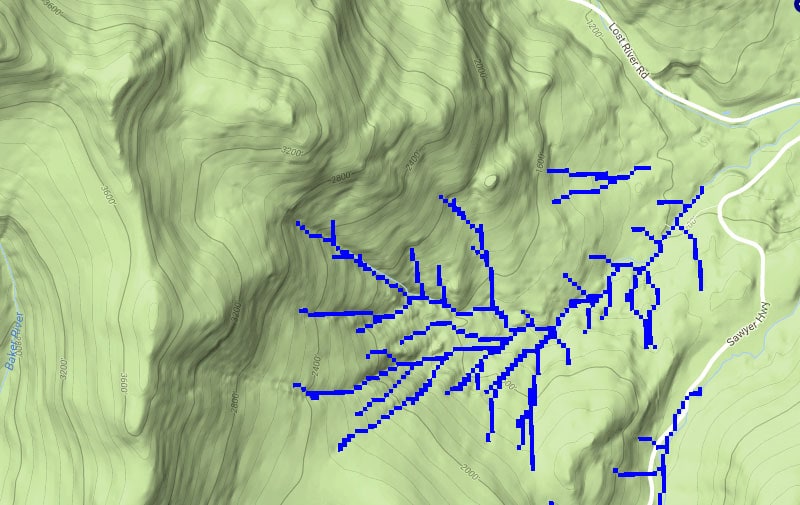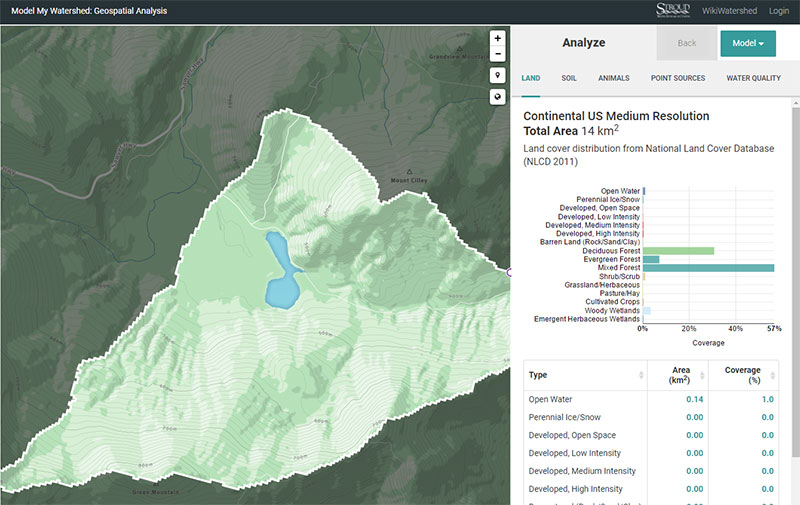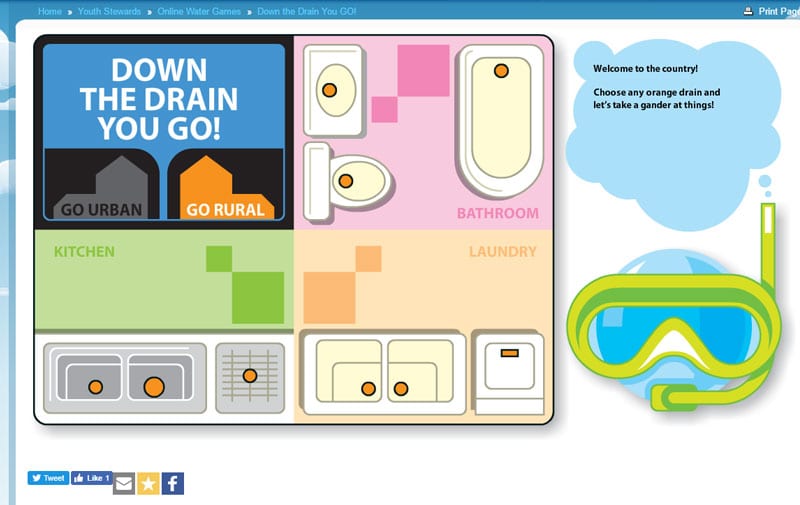A recent issue of USFS Natural Inquirer (a middle school science education journal) is on freshwater and contains 7 articles focusing on the topic. Some articles include research on drinking water, watersheds, groundwater, freshwater mussels, and chemicals in urban waterways. The journal can be viewed and ordered here.
Data Driven Hydrology Education
Links to posters and abstracts presented at Consortium of Universities for the Advancement of Hydrologic Science, Inc. (CUAHSI) virtual workshop.
Resources from the CUAHSI virtual workshop include:
- Teaching Isotope Hydrograph Separation with Real Data. A. Jefferson, Department of Geology, Kent State University and D. Dees, Faculty Professional Development Center and School of Foundations, Leadership and Administration, Kent State University
- Combining Hands-on Field Experience with Data-Driven Hydrology Education Tools. J. Williams, B. Forsythe, M. Carroll, and S. Brantley, Earth & Environmental Systems Institute, Penn State University, and E. Ruocchio and Y. Pickering, Earth Systems Science Faculty Mentors, State College Area High School
- An Excel Based Module to Explore the Major Drivers of Snowmelt During Rain-On-Snow Flooding Events. W. Currier, N. Wayand, & J. Lundquist University of Washington, Mountain Hydrology Research, Civil and Environmental Engineering.
- Estimating Trends in Long-Term Evapotranspiration in the Red River of the North Basin, Minnesota and North Dakota. P. Gerla, H. Hamm School of Geology and Geological Engineering, University of North Dakota.
The USGS site is packed full of information for everyone, including educators. It featrures an interactive Water Cycle Diagram that can be altered for beginner to advanced student levels. There are detailed pages that include expanded definitions and descriptions of different components and phases of the water cycle.
Focused on the Water Cycle and Drinking Water. Multiple pages with information, interactive games, an animation (Thirstin’s Water Cycle) and more. Includes a list of additional educational resources.
Woods Hole Oceanographic Institute
A well illustrated page with clickable definitions for components of the watercycle.
A site specializing in interactive simulations for science teaching. Lots of great resources for purchase.
An animated water cycle diagram.
This project is part of the Geosciences Research Division of the Scripps Institution of Oceanography
University of Wisconsin, Stevens Point
The Physical Environment online textbook page for the Hydrologic Cycle.
Good overall description of the water cycle by a water treatment company. Includes a thorough list of links to other sites for students and teachers.
Interactive, online simulations for the life science laboratory or for earth science field studies. A site with multiple flash tutorials including the Hydrologic Cycle
Utah Division of Water Resources
Educational page for kids and adults. Includes general information, games and teacher resources, much of which is specific to Utah and the region.
An interactive diagram of the water cycle. Users click through the different components of the cycle.
An extensive online textbook for many subjects in the study of Earth Sciences. Includes visualizations and other information as well. Middle-High School level.
The National Water Information System (NWIS) is the Nation’s principal repository of water resources data. Data includes two categories: Water Now which includes realtime reporting of different water parameters and Water Then which has reports and summaries of past water use, yield and more.
Beyond Penguins and Polar Bears
An online magazine for elementary school teachers focused on the Polar Regions of earth from a science perspective. Includes many articles including water cycle information. Published by Ohio State University.
Interactive Water Science Website Tools
A National Science Foundation funded project available online. It features a Water Balance module, a View/Modify my Watershed module and a map interface for viewing real-time data in Southeastern Pennsylvania and Northern Delaware.
Michigan Watershed Stewardship Program
This program offers a great website with general information and an interactive tool. Users can alter pollution inputs and see the resulting effect on groundwater and the local water cycle.
 Water Erosion Prediction Project
Water Erosion Prediction Project
Model output includes spatial soil loss and runoff for small watersheds. The current verison of the interface uses OpenLayers, MapServer and Google images to provide a seamless approach to defining a watershed for simulation with WEPP. This is a college-level program.


